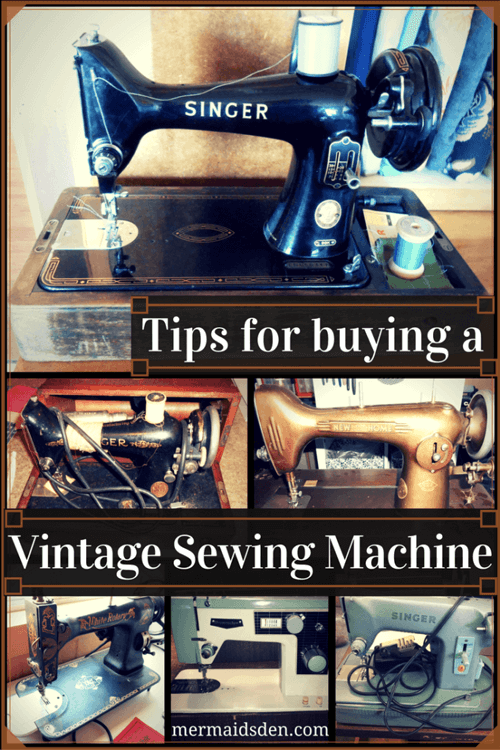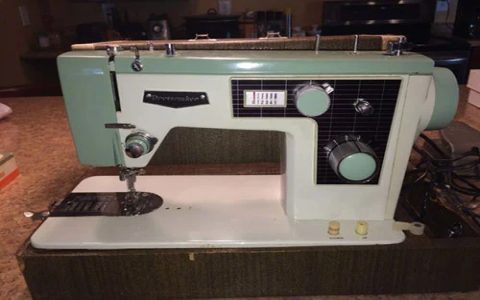Before purchasing a vintage portable Singer sewing machine, prioritize these essential checks to assess functionality, authenticity, and condition efficiently.
Mechanical Integrity
Examine the machine for signs of rust, cracks, or excessive wear on metal components. Key areas include the head, bedplate, and moving parts like the handwheel and treadle. Ensure all gears and levers operate smoothly without binding or grinding noises.
Functional Testing
- Stitch Performance: If possible, thread the machine and test on scrap fabric to verify smooth stitching, tension consistency, and absence of skipped stitches.
- Motor and Drive: Listen for unusual sounds during operation; check the belt or pulley system for frays or slippage.
- Controls: Confirm adjustments for stitch length and tension respond correctly without stiffness.
Component Completeness
- Original Parts: Verify the presence of essential accessories, such as bobbins, needles, presser feet, and the shuttle assembly. Missing pieces may require costly replacements.
- Case and Portability: Inspect the carrying case for structural damage, secure latches, and overall integrity to ensure safe transport.
Authenticity Verification
Check the serial number against Singer's historical records to confirm the model and production era. Look for original decals, badges, and consistent branding details to avoid reproductions or major alterations.

Conclude with a thorough visual and hands-on evaluation under good lighting to make an informed buying decision.











